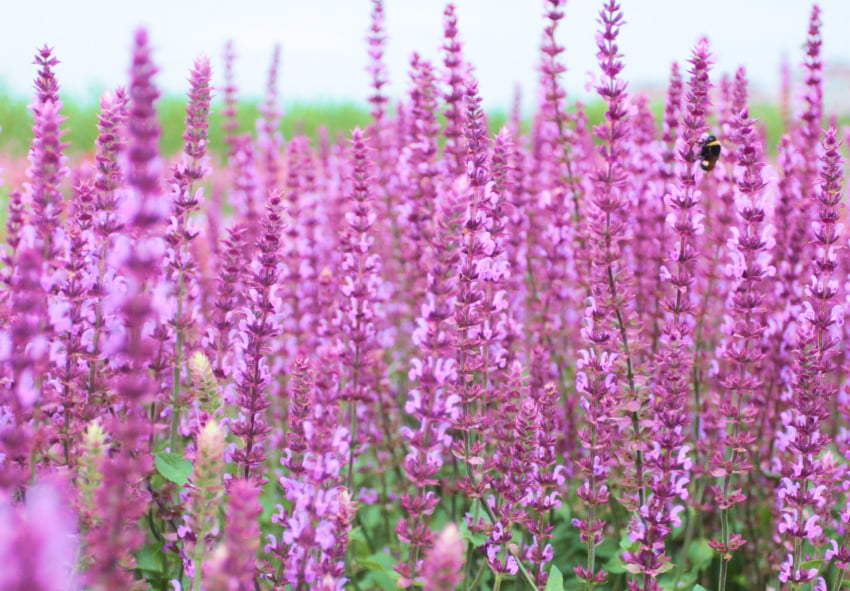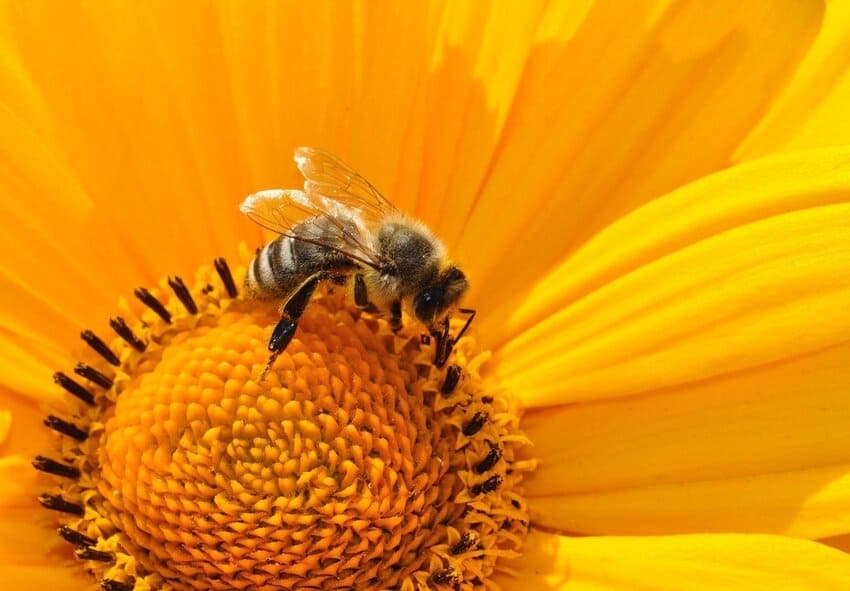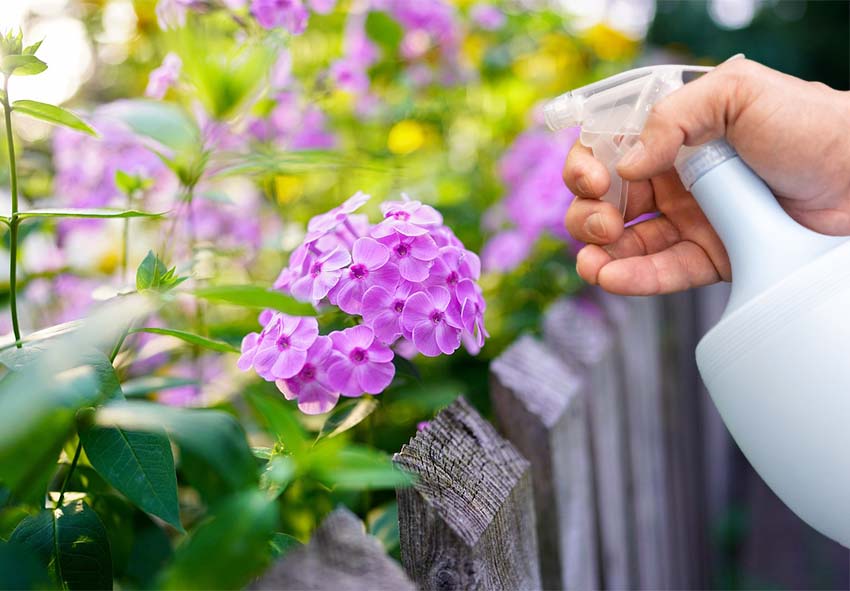Creating a pollinator-friendly garden is one of the most rewarding decisions you can make for your landscape and the environment. Pollinators like bees, butterflies, and hummingbirds are essential for healthy ecosystems and productive gardens. In this guide, we’ll explore the best plants to attract pollinators, design tips, and maintenance strategies to help you support nature while enjoying a vibrant garden. Our gardening blog is a perfect place to find all the information you need!
Why Attracting Pollinators Matters
Pollinators play a vital role in the health and sustainability of gardens and agricultural systems. Without them, many plants wouldn’t be able to reproduce effectively, which would impact not only garden beauty but also food production.
Beyond their practical benefits, pollinators enhance biodiversity and bring movement and life to the garden. Encouraging pollinators with the right plants helps create a thriving ecosystem right in your backyard.
Pollinators and Garden Health
Bees, butterflies, and hummingbirds aid in plant reproduction by transferring pollen between flowers. This natural pollination process results in stronger, more abundant blooms and fruits. Healthy pollinator activity leads to more productive vegetable gardens and lush flowering beds.
Environmental Benefits
Creating a pollinator-friendly garden isn’t just about beauty—it plays an essential role in supporting the health of local ecosystems. By choosing plants that attract pollinators, you’re helping to preserve biodiversity, improve plant health and contribute to a more sustainable environment. Here are some of the main benefits:
- Supports Biodiversity: Pollinator gardens provide essential food and habitat for bees, butterflies, and other beneficial insects, helping maintain diverse and balanced ecosystems.
- Improves Plant Reproduction: With more pollinators visiting your garden, plant pollination rates increase, leading to better seed and fruit production.
- Reduces the Need for Chemicals: Healthy pollinator populations help control pests naturally, reducing reliance on synthetic pesticides that can harm the environment.
- Promotes Healthy Soil: Many pollinator plants have deep roots that improve soil structure, enhance water retention, and prevent erosion.
- Helps Combat Habitat Loss: Urban and suburban gardens can act as safe havens for pollinators, compensating for the loss of natural habitats due to development.
Best Plants to Attract Pollinators
Choosing the right plants is key to attracting and sustaining pollinators in your garden. Below are some of the most effective perennials known for their nectar-rich flowers and vibrant appearance.
Allium
Alliums are ornamental onions that produce globe-shaped flowers in early to mid-spring. These blooms are highly attractive to bees and butterflies. Allium’s architectural form adds texture to garden designs, and the plants perform well in full sun and well-drained soil.
Lavender
Lavender is beloved by bees for its fragrant purple flowers and long blooming period. This drought-tolerant herb prefers full sun and dry conditions, making it an easy-care addition to pollinator gardens. Lavender is also great for companion planting, repelling pests while attracting beneficial insects.
Liatris
Also known as blazing star, liatris features tall, bottlebrush flowers that bloom from top to bottom. Its nectar-rich spikes are a favorite of monarch butterflies and native bees. Liatris is drought-tolerant and thrives in sunny, well-drained locations.
Aster
Asters are essential late-season bloomers, offering nectar when many other plants have faded. Their daisy-like flowers attract migrating butterflies and foraging bees. Asters are low-maintenance and perform well in sunny spots with average soil.
Salvia

Salvia is a powerhouse pollinator plant that produces long, tubular flowers perfect for hummingbirds and bees. Its vibrant purple, pink, or red spikes provide a striking vertical element in the garden. Salvia thrives in full sun and well-drained soil, making it ideal for borders and pollinator beds.
Phlox
Phlox offers dense clusters of fragrant flowers in a variety of colors, making it a magnet for butterflies. It comes in both creeping and tall varieties, suitable for borders, rock gardens, and containers. Phlox thrives in moist, fertile soil with full or partial sunlight.
Lupine
Lupines provide tall spikes of blue, purple, pink, or yellow flowers in spring and early summer. Their nectar-rich blossoms are loved by hummingbirds and bumblebees. Lupine also fixes nitrogen in the soil, enhancing fertility for neighboring plants.
Designing a Pollinator-Friendly Garden
Designing a garden to support pollinators doesn’t require a complete overhaul—just thoughtful plant selection and a few layout principles. You can create a beautiful and functional space that supports wildlife year-round.
Choose a Variety of Bloom Times
Planting flowers that bloom at different times ensures that pollinators have access to nectar from early spring to late fall. This helps sustain bees, butterflies, and hummingbirds through their entire life cycles. Start with early bloomers like allium and end with asters for full-season coverage.
Group Plants in Clusters
Pollinators are more attracted to large patches of the same flower than to single, scattered plants. Grouping plants in clusters helps them locate food sources more easily and improves foraging efficiency. Aim for at least three to five of each plant in one area.
Go Organic
Creating a pollinator-friendly garden starts with choosing methods that are safe for both pollinators and the environment. Organic gardening eliminates harmful chemicals, supports biodiversity, and promotes natural growth. These simple steps help you maintain a healthy and inviting space for bees, butterflies, and other beneficial insects:
- Use Natural Fertilizers: Opt for compost, aged manure, or organic plant food to enrich the soil. These options provide essential nutrients without harming soil microbes or pollinators.
- Avoid Chemical Pesticides: Synthetic pesticides can be deadly to pollinators. Use natural alternatives like neem oil, insecticidal soap, or companion planting to manage pests.
- Choose Organic Seeds and Plants: Select plants grown without synthetic chemicals. Organic nurseries offer seeds and starts that are better suited for a pollinator-safe garden.
- Encourage Natural Predators: Attract ladybugs, lacewings, and birds to help manage pest populations naturally. This keeps your garden balanced without the need for harmful sprays.
- Mulch Naturally: Use leaf mulch, straw, or wood chips to conserve moisture and suppress weeds. These organic options break down over time and improve soil health.
Maintenance Tips for a Thriving Pollinator Garden
Once established, a pollinator garden requires only moderate upkeep. The following tips help keep plants healthy and flowers abundant for visiting pollinators.
Watering and Soil Care
Water deeply but infrequently to encourage deep root growth, especially during dry periods. Ensure soil is well-drained and amended with compost for better moisture retention. Drought-tolerant species like lavender and liatris require less water once established.
Deadheading and Pruning
Removing faded blooms encourages many plants to produce more flowers, extending the nectar season. Prune perennial plants in early spring to remove old growth and stimulate new stems. Regular care helps prevent disease and keeps your garden looking tidy.
Seasonal Tasks
Maintaining a pollinator-friendly garden throughout the year requires seasonal attention. Each season presents unique tasks to support plant health and attract pollinators consistently. Proper timing and care ensure your garden remains a thriving ecosystem year-round:
- Spring: Plant and Prep: Start new plantings like salvia, phlox, and lupine. Clean up garden beds, remove debris, and apply compost or organic mulch to enrich the soil.
- Summer: Monitor and Maintain: Deadhead spent blooms to encourage continuous flowering. Water during dry spells, and keep an eye out for pests that might affect blooming plants like lavender or allium.
- Autumn: Divide and Mulch: Divide perennials such as liatris and asters to rejuvenate growth. Add mulch to protect roots and enrich the soil for the next growing season.
- Winter: Plan and Protect: While most pollinator plants go dormant, it’s a great time to plan next year’s garden. Leave seed heads for birds and beneficial insects, and protect plant roots with extra mulch if needed.
Conclusion
Attracting pollinators is both a joy and a service to the environment. By planting salvia, lavender, allium, phlox, lupine, aster, and liatris, you’ll create a vibrant and dynamic garden that buzzes with life. With thoughtful care and plant choices, your garden can become a thriving pollinator paradise for seasons to come!
Frequently Asked Questions (FAQs) about Attracting Pollinators
1. Do pollinator plants need full sun?
Many pollinator-friendly plants, like lupine and liatris, thrive best in full sun. However, some varieties such as phlox and aster can tolerate partial shade, making it easy to find suitable options for different garden areas.
2. Can I order plants to attract pollinators from your online store?
Yes! Our online store Dutch-bulbs.com offers a variety of plants like allium, salvia, lavender and phlox. These flowers provide plenty of nectar and bloom over an extended period, ensuring pollinators keep returning to your garden.
3. Can I grow pollinator plants in containers?
Yes, many pollinator plants like lavender and salvia grow well in containers. Just ensure they get enough sunlight and water. Container gardens are great for balconies, patios, or small spaces where in-ground planting isn’t possible.
4. How can I maintain a pollinator garden throughout the seasons?
Plant a mix of early, mid, and late-blooming species like allium (spring), phlox (summer), and aster (fall). Regular deadheading and organic gardening practices will also help extend flowering periods and support pollinators year-round.
5. Why is it important to avoid pesticides in a pollinator garden?
Pesticides can harm or kill beneficial insects like bees and butterflies. Switching to organic pest control ensures pollinators can safely visit your garden. It also supports a healthier, more sustainable ecosystem.
Published: 22.08.2025


